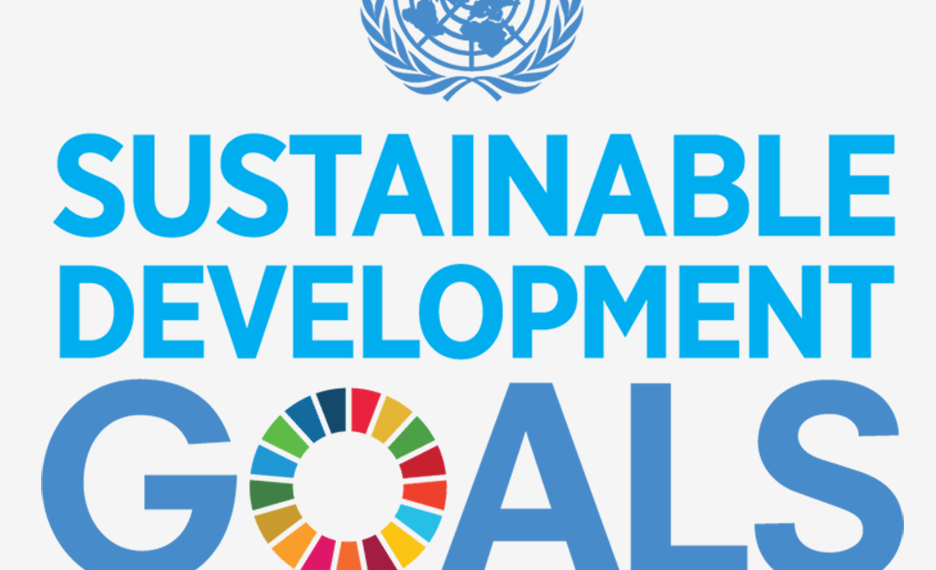Facing the increasing impacts of climate change, Rwanda stands as one of the first countries to establish a national environment and climate change investment funds in Africa—the Rwanda Green Fund—which has already invested more than $40 million in sustainable wealth creation and poverty reduction.
Rwanda, which relies on rain-fed agriculture and hydropower, finds itself vulnerable to the impacts of climate change, even though its own emissions are negligible in the global context. Since 1970, the country has experienced a temperature increase of 1.4°C, and is expecting greater warming by 2050, according to projections from the Intergovernmental Panel on Climate Change’s latest report.
During the United Nations Climate Conference in Katowice, Poland, David Toovey from the Rwanda Green Fund – known as FONERWA— said the Fund provides strategic financing with a view to accelerating Rwanda’s commitment to building a strong climate resilient and green economy. The Funding proposals are approved based on careful evaluation to ensure their return on investment contributes to the country’s climate resilience.
“We plan to be a dynamic resource facility that provides targeted financial and technical support to catalyze climate resilient development at scale, contributing to Rwanda’s vision of becoming a low-carbon and climate resilient economy,” Mr. Toovey says.
He notes that the Fund is investing just under $40 million in projects, that have created more than 137,500 green jobs, provided more than 57,500 households with improved access to off-grid clean energy and protected 19,500 hectares of land against soil erosion.
Climate finance, whether local, national or international, is critical to support mitigation and adaptation actions to tackle climate change. Both the Kyoto Protocol and the Paris Agreement recognize the importance of financial assistance from countries with more resources to those that are less endowed and more vulnerable. This means such contributions can help with mitigation to reduce carbon emissions and adaptation to adverse effects of climate change.



